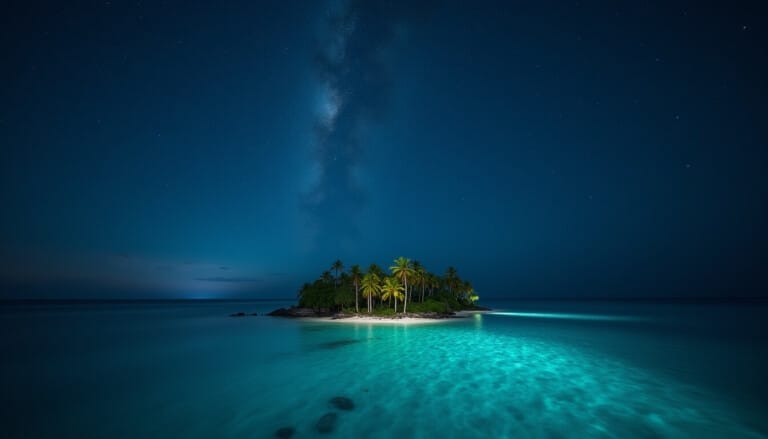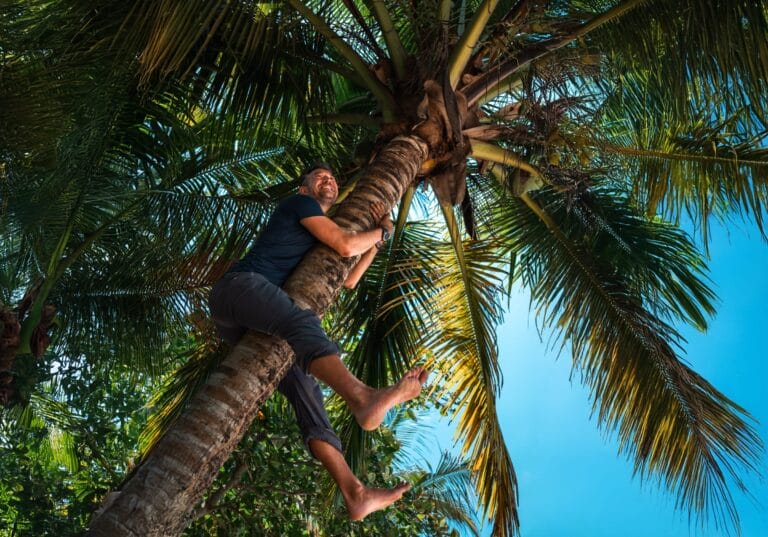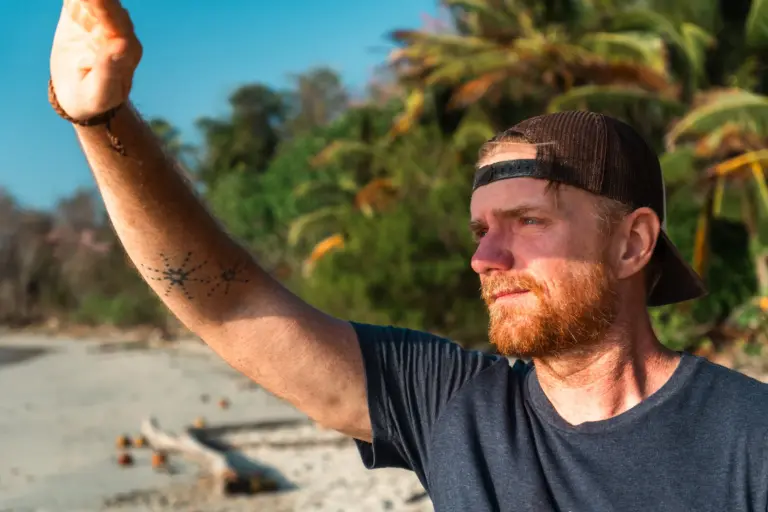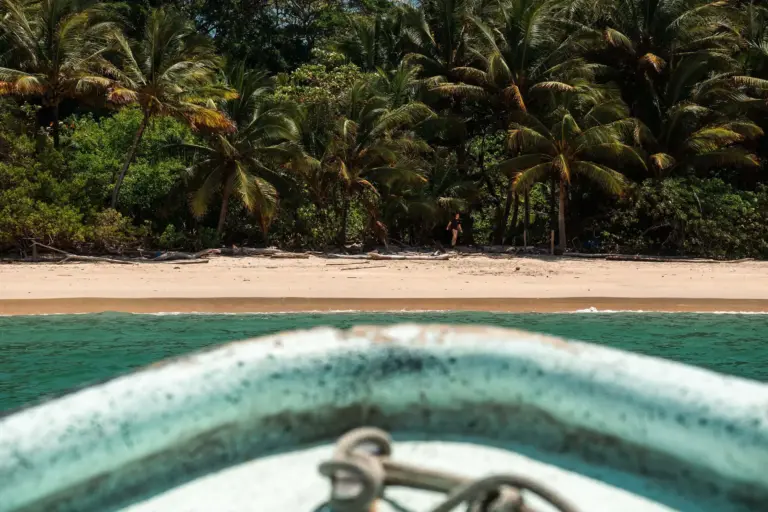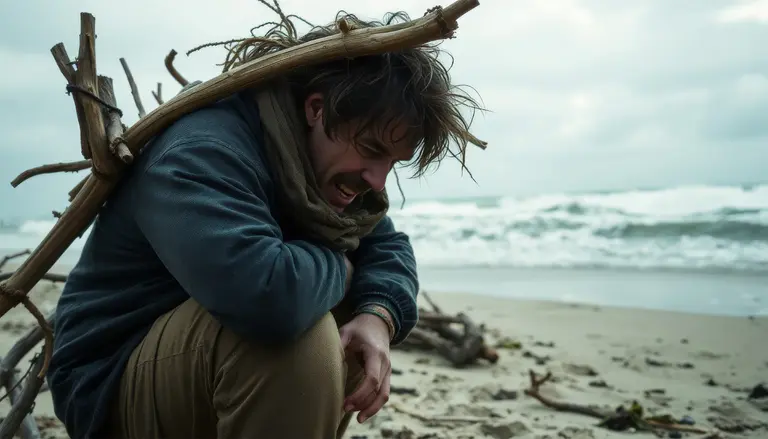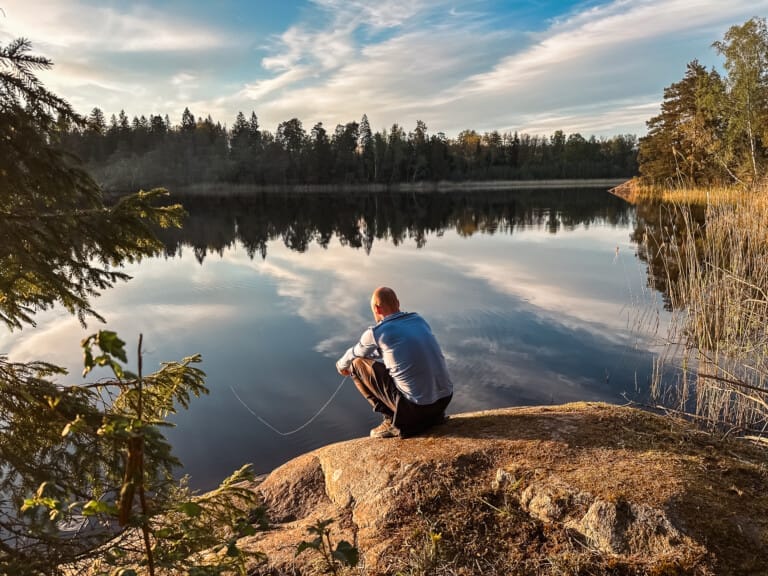
Why Real Adventure Demands Real Risk and Why We Manage It the Right Way
Quick Answer: Real survival expeditions involve risk, and that is exactly what makes them different, powerful, and so fulfilling. At Desert Island Survival, every challenge is designed to test you safely. From hydration systems to satellite protocols and instructor drills, invisible safety layers protect every castaway while keeping the adventure authentic.
Adventure without risk is not adventure. It is entertainment. It is easy.
Scroll through social media and you will see plenty of expeditions that look wild but are carefully staged—clean tents, polished gear, and perfectly timed sunsets. But, real wilderness does not follow a script. Weather changes. Tools fail. Fatigue sets in. And that is when genuine adventure begins.
At Desert Island Survival, we believe risk is not something to remove but something to master. It is the ingredient that transforms a trip from leisure and pretty photos into growth. That only works when risk is managed through discipline, systems, and experience.
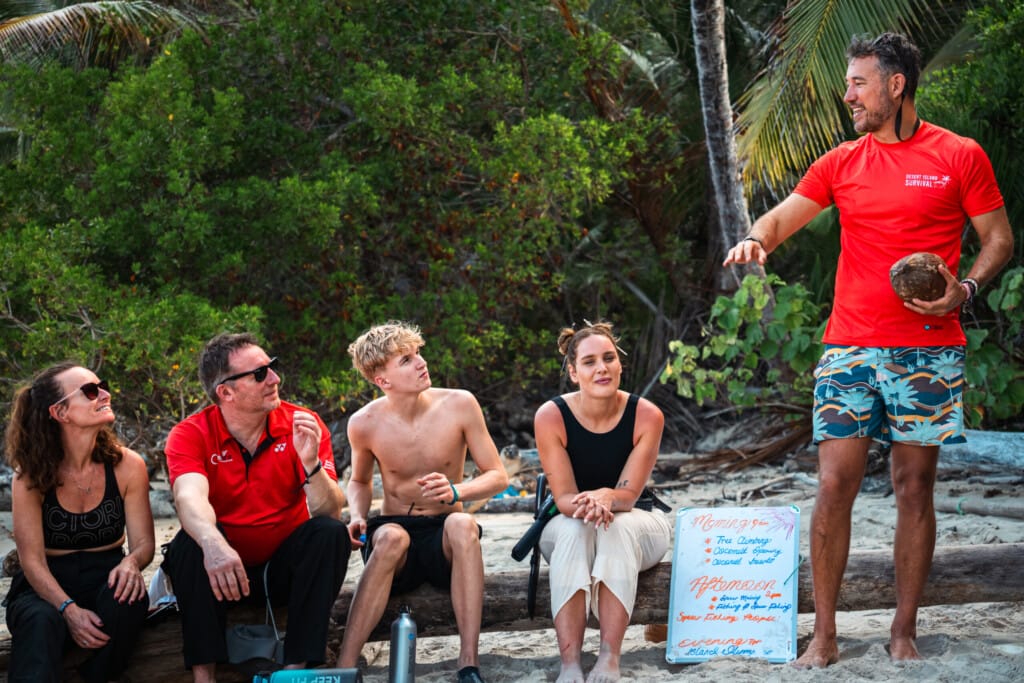

In this article, we explain what managed risk really means, how we keep expeditions safe without making them feel sanitized, and why embracing the unpredictable leads to the most meaningful adventure of your life.
Why Real Adventure Needs Real Risk
Genuine exploration cannot exist without the possibility of things going wrong. The goal is not danger for its own sake but consequence. When outcomes matter, focus sharpens, teamwork strengthens, and transformation happens. That is what separates a holiday from a genuine expedition.


If everything is predictable, nothing changes you. Do as you have always done, and you will get what you always get. When you are forced to adapt, communicate, and trust your training, that is when the experience becomes real. There is a psychological element to this too: the body responds differently when there is something genuine at stake. It is not about adrenaline; it is about awareness. You begin to notice more, listen more carefully, and connect more deeply to the people around you and to the environment itself.
Most adventure travel today feels overly sanitized. Fear of litigation and a cultural discomfort with discomfort have turned many expeditions into rehearsed performances. We believe real adventure begins when things go a little bit wrong and the unpredictable happens. That is why our expeditions do not follow rigid scripts. They feel raw and real, with safety systems quietly in place but never overshadowing the experience. Of course, there is a safety net in case of injury, but you will not see it staring you in the face. It is there when needed, invisible when not, so the expedition feels as close to the real thing as possible.
“Without risk, you do not learn anything real. The point is not to remove uncertainty, it is to master how we respond to it.” — Tom W, Lead Instructor
How Dangerous Is Survival Training, Really?
It is the question we get most often.
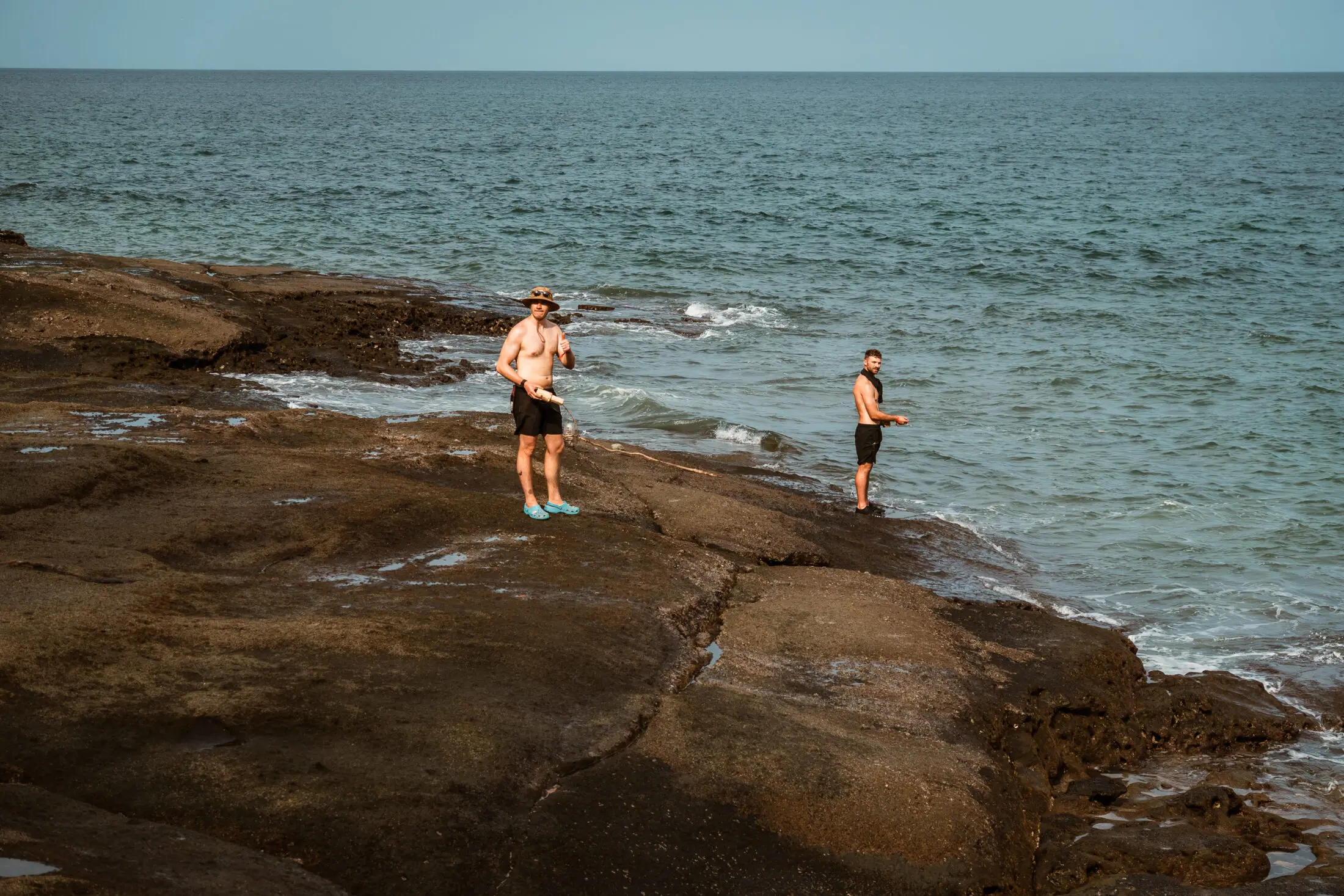

Survival training, by definition, involves challenge. But challenge is not the same as danger. Our expeditions are built around controlled exposure to the unknown. The perfect balance of authenticity and structure. Here is how that balance works in practice.
- 1. Preventive Systems
Before any expedition begins, participants complete a full health questionnaire and medical screening and ask everyone to read through our risk & danger page. All gear is inspected, tested, and logged. Every instructor holds multiple qualifications, from open-water rescue to wilderness first aid. We also use a risk matrix for every island environment, mapping potential issues from heat to terrain to marine life, so preparation is based on real data, not guesswork.
- 2. Real-time Control
During expeditions, safety is woven into daily life. Each morning the team has a safety briefing, and we check the weather frequently. Hydration and nutrition are monitored quietly by instructors throughout the day. The buddy system ensures no one is ever alone. GPS trackers and satellite communication devices run continuously, feeding data to our base team so we know where every group is and how they are doing.
- 3. Response Readiness
Despite all precautions, nature is unpredictable. Each expedition has an emergency evacuation plan, pre-coordinated with our base team and medical partners. Instructors carry extensive first-aid kits and communication tools at all times. Our internal drills mean that if something serious happens, response time is measured in minutes, not hours.
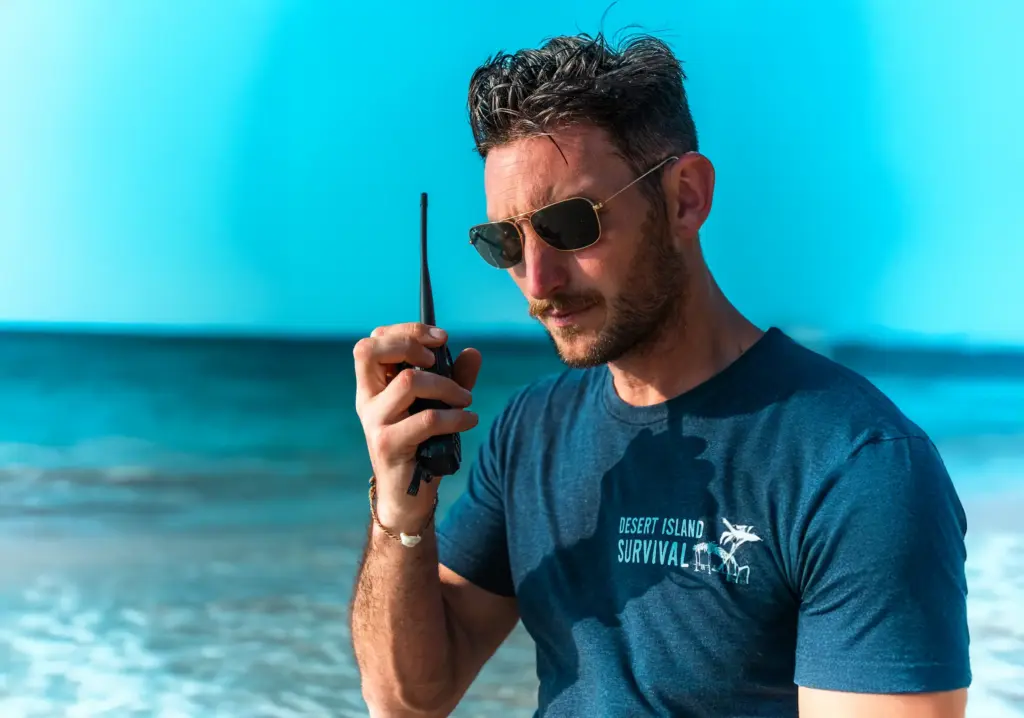

Across hundreds of expeditions, over 95% of all incidents are minor. The most common issue is sunburn, followed by mild dehydration or blisters. These numbers are not luck; they are the result of a disciplined safety culture built on preparation, communication, and respect for the environment.
Adventure is never 100% safe, but it can be 100% prepared. That is what makes the difference between reckless risk and responsible exploration.
How We Manage Heat, Tools, and Water
Our safety systems are invisible by design, but they are incredibly thorough. Every potential risk is matched with a clear process and habit that turns it into a manageable challenge.
Heat and Hydration
The tropics can be unforgiving, so we start with an acclimatization day to let your body adjust gradually. You learn how to recognize signs of heat stress early and manage energy output during the hottest hours. Each group carries hydration systems, and we track daily fluid intake to maintain balance. Instructors also plan rest cycles to ensure recovery and prevent fatigue, especially during the first 48 hours on the island.


Tools
Using knives and machetes safely is fundamental to authentic expedition work. We dedicate structured time to tool handling before any practical task. Participants learn grip, control, and body positioning through repetition, until movements become instinctive. The emphasis is not on speed but on respect. Every cutting task is supervised, and group briefings reinforce safe practices before each new challenge.
Water
Finding, purifying, and storing water is the foundation of every expedition. Participants learn different purification methods and practice all of them until they are second nature. Backup systems include boil cycles, gravity filters, and emergency purification tablets.
“We train the habit before the task. Safety comes from repetition and respect for the tools.” — Tom W, Lead Instructor
What Happens If Something Goes Wrong
Even the best-prepared teams encounter surprises. That is the nature of real adventure. What matters is how you respond.
If something minor happens such as a cut, a burn, or a touch of dehydration, instructors handle it immediately. Each carries a fully stocked first-aid kit and follows clear treatment protocols. Participants are encouraged to speak up early, before a small issue becomes a big one.
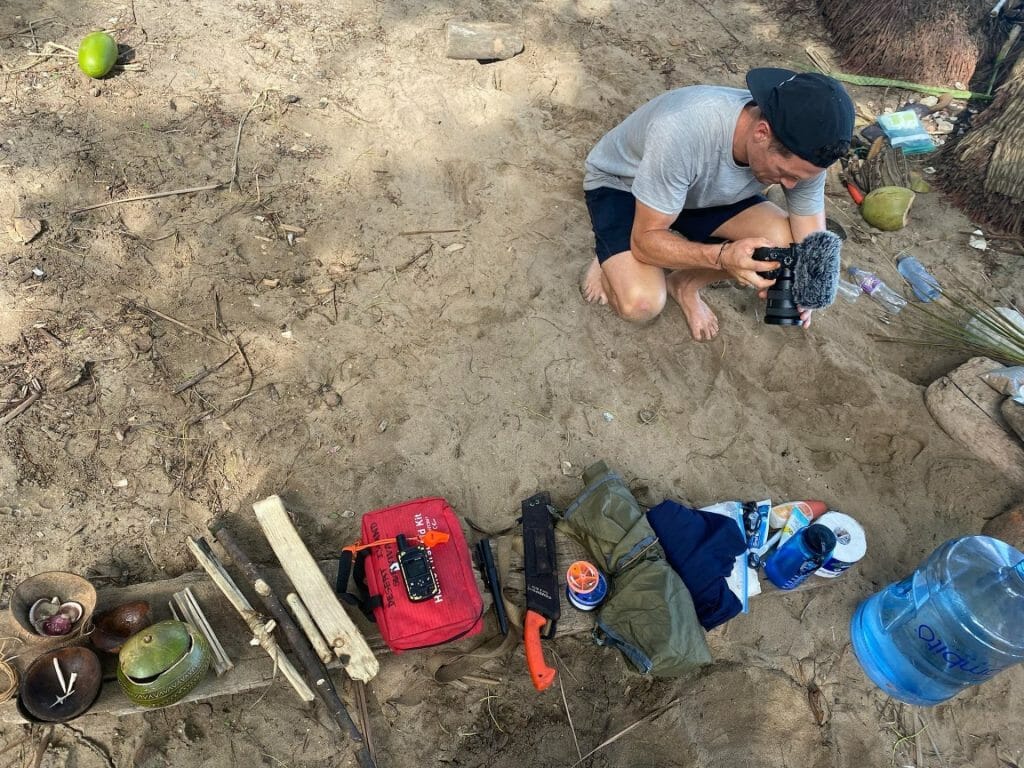

For anything more serious, we move into our communication network. Every team carries VHF radios and GPS beacons that connect directly to our base camp. Satellite communication systems ensure there is always a line open to medical partners, regardless of location or weather. Extraction plans are pre-mapped for every island, complete with local transport routes and standby coordination with nearby clinics.
Behind every expedition is a team of fixers and logisticians who never stop watching conditions. That is what allows our instructors to focus fully on you and your experience.
We plan for the worst so we can focus on the best.
Watch: Is Survival Training Dangerous?
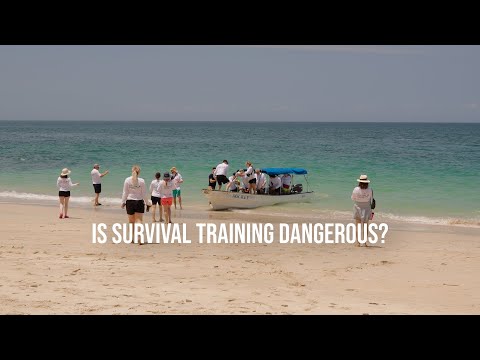
Watch this video on YouTube
Think You Could Handle Real Adventure?
Take our 2-minute quiz to find your perfect expedition
What Kind of Fitness Do You Really Need
You do not need to be an athlete to join a survival expedition. What matters most is attitude.
We tell participants to prepare, not perform. Mobility, adaptability, and awareness are far more valuable than strength. The goal is endurance through rhythm and discipline, not intensity.
During training, you learn efficient movement techniques such as how to lift, chop, and carry without strain. You also learn how to pace yourself, manage hydration, and work within a team rhythm. Fitness, in this context, is about mindset and awareness.
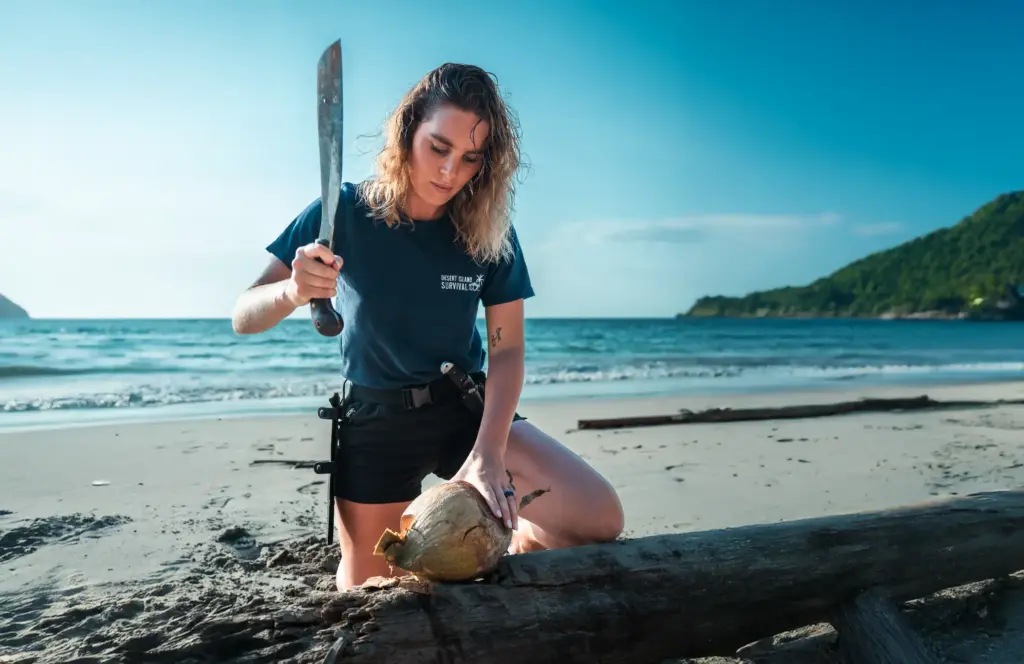

Many of our alumni arrive uncertain and self-conscious but leave grounded and capable. They discover that the real fitness you build is mental, the confidence to trust your body and your judgment.
It is not about ego. It is about effort. That is how you own it.
Frequently Asked Questions
Is survival training dangerous?
What safety systems do you use?
What happens if I get injured?
What equipment do I need to bring?
What if I am afraid of the environment or wildlife?
Conclusion
Fear is natural, and it is part of why adventure works. The goal is not to remove risk, but to meet it with skill and awareness.
Real adventure will always involve risk. That is what makes it real, and when managed with precision, it is what makes it transformative.
Ready to experience real adventure?
Explore our upcoming expeditions and see where your story begins.


